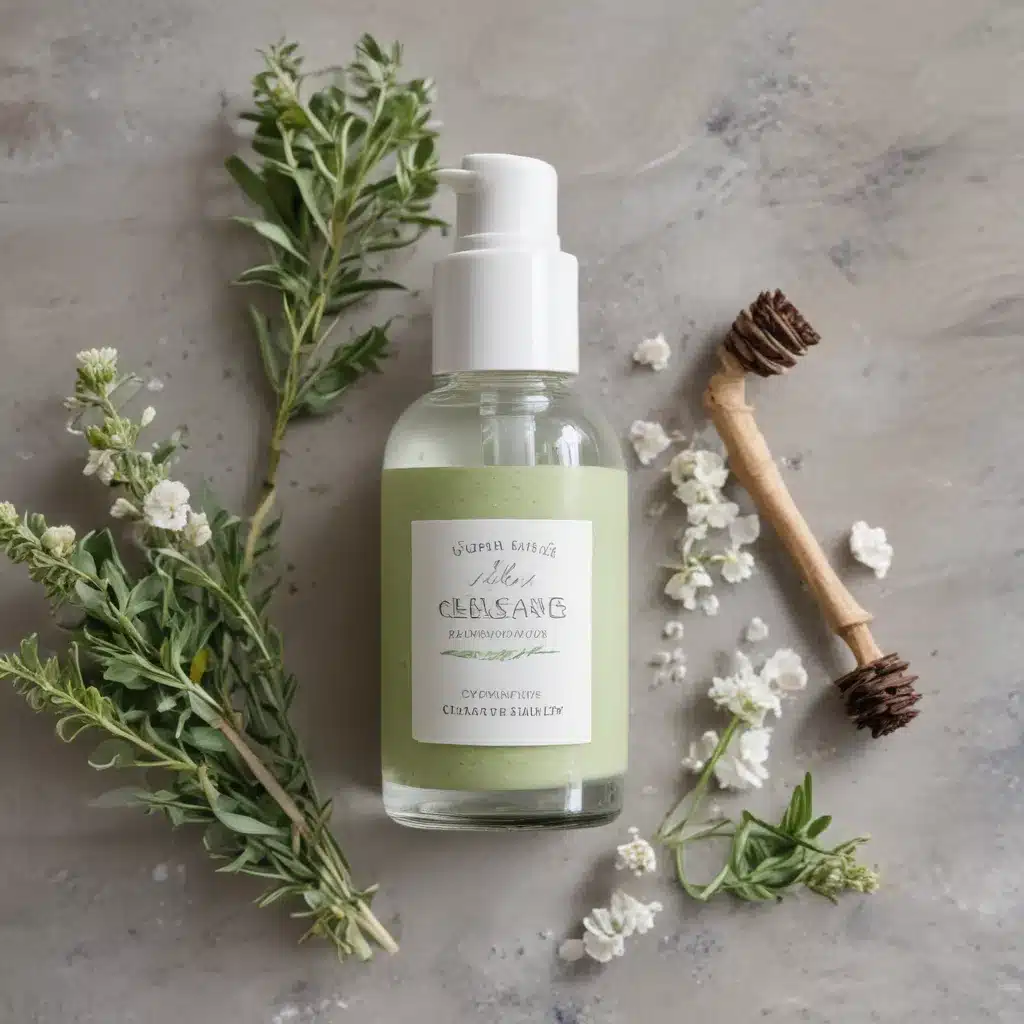
A Breath of Fresh Air: Custom Cleansing Blends
The Power of Scent: Unlocking the Benefits of Aromatherapy Ahh, can you just take a deep breath with me for

Transparent Pricing
No hidden fees for our natural products.

Quality Assurance
Every essential oil is 100% satisfaction guaranteed.

Round-the-Clock Support
We are here for your aromatherapy needs any time of day.

Expertise & Trust
Decades of experience in natural living and essential oils.

Decade of Trust
With over 10 years of expertise, we’re pioneers in aromatherapy and natural wellness.
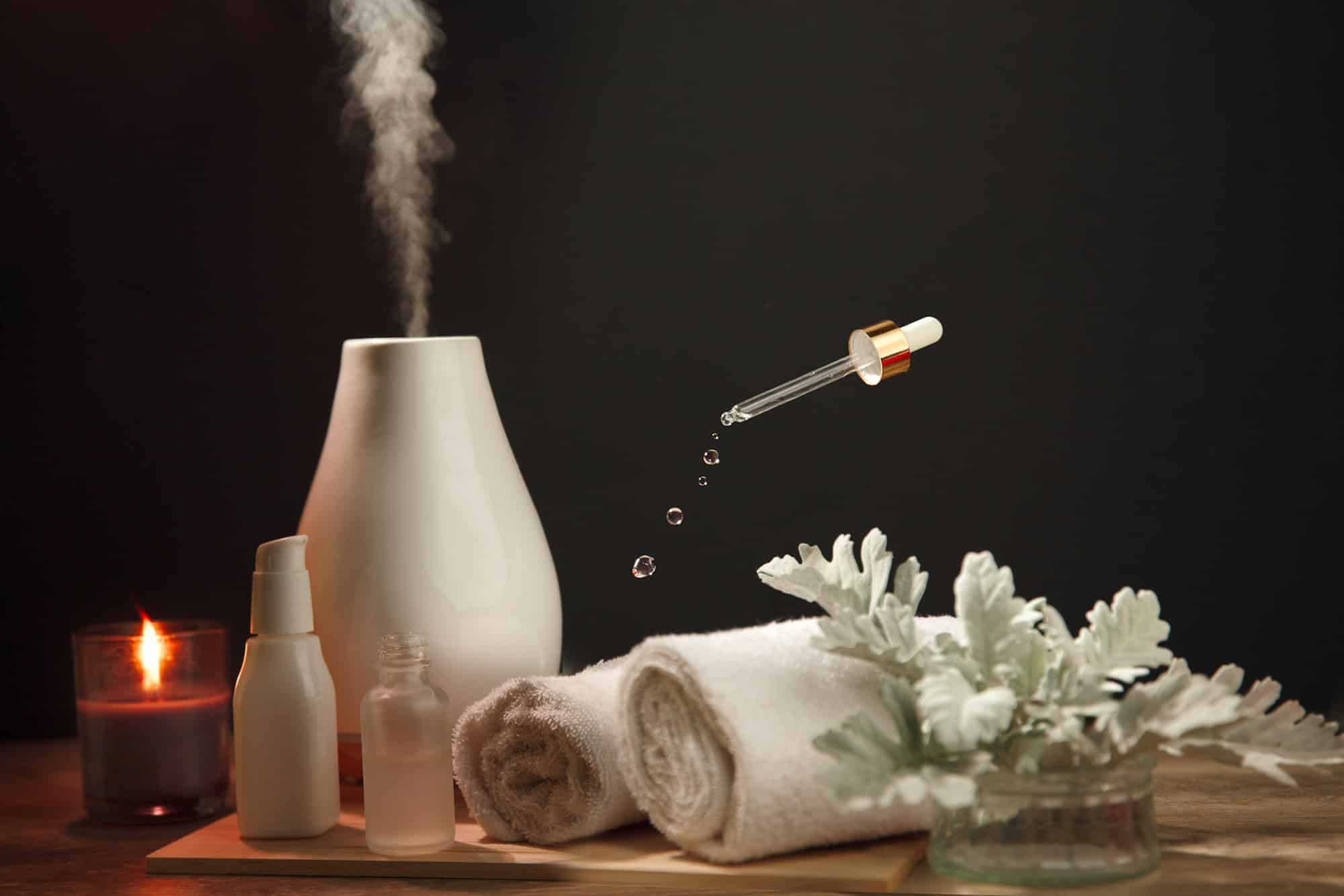
Dive into the world of AromEssential, where every scent tells a story of purity and tranquility. We are dedicated to bringing you the essence of nature, bottled with care to enhance your daily wellness ritual.
Discover Our Story:
Explore our journey, our commitment to sustainability, and our passion for natural healing.
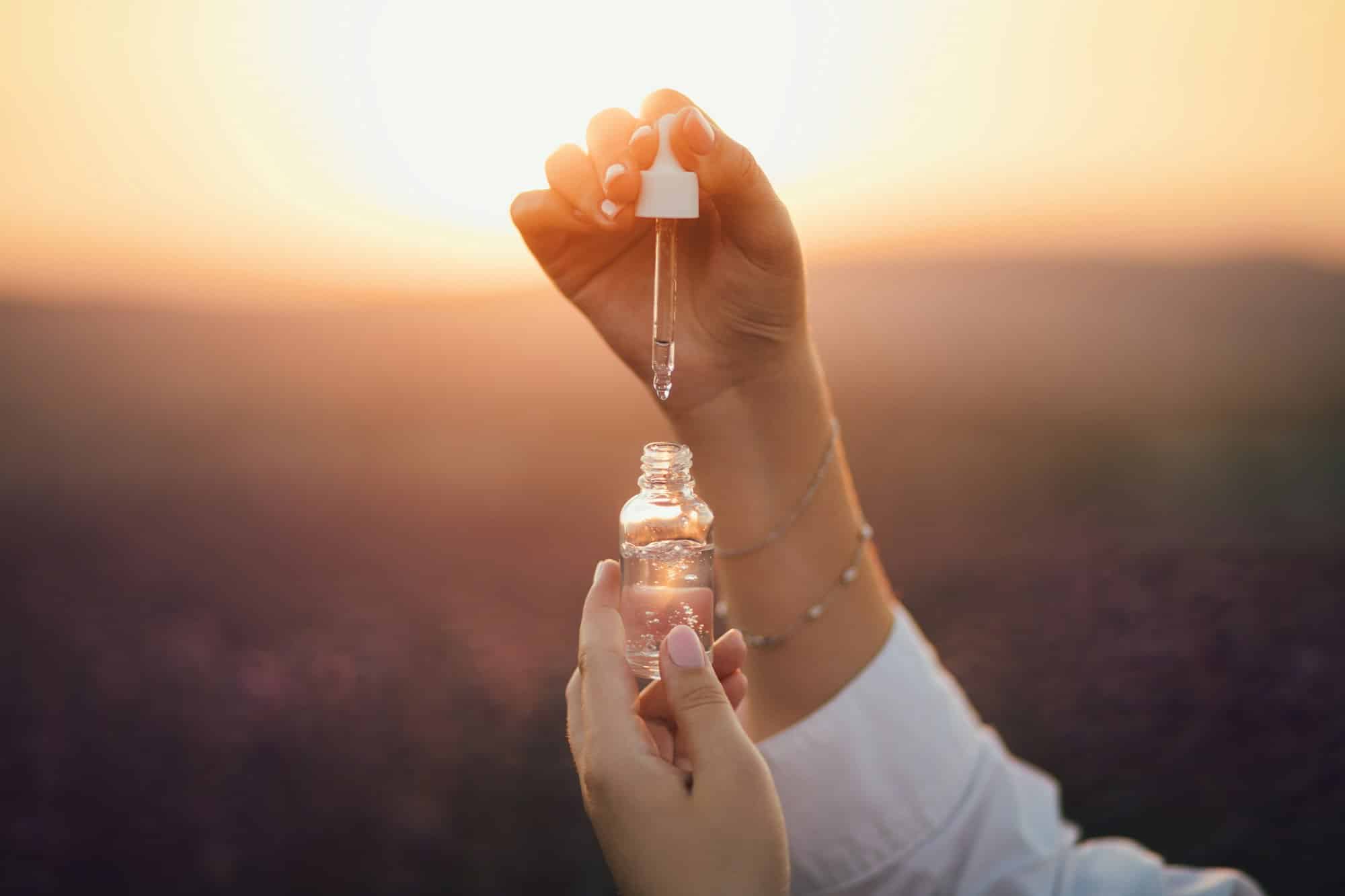
Experience personalized aromatherapy and elevate your wellbeing with custom essential oil blends at AromEssential. As you indulge in scents crafted for your unique needs, remember the environment plays a pivotal role. For the perfect ambient harmony, consider the expertise of ClimateDry.co.uk to ensure your space's climate is ideal for your aromatic journey.
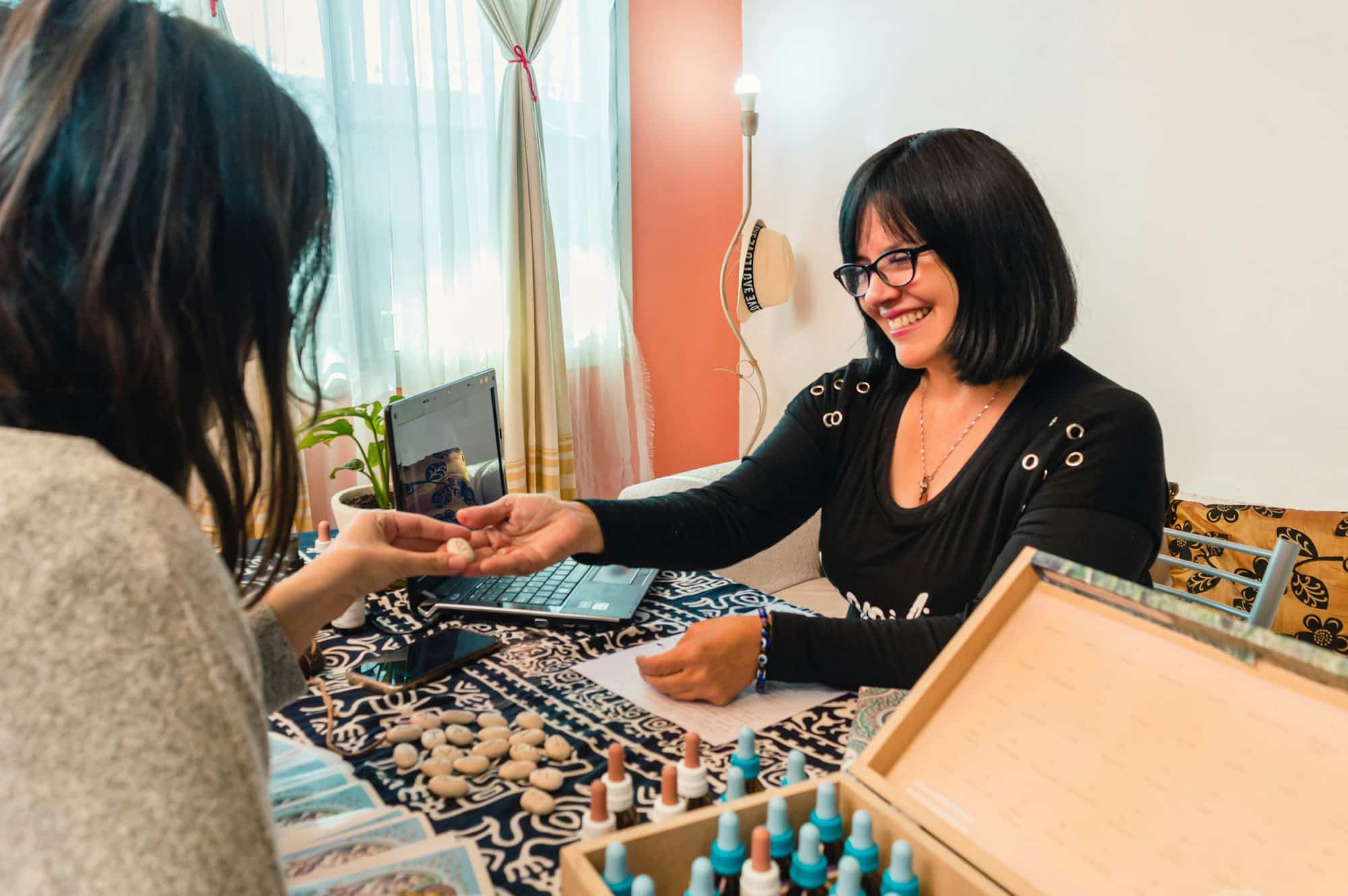
Unlock the full potential of essential oils with our Holistic Aromatherapy Consultations. Our expert aromatherapists work with you to seamlessly weave the power of essential oils into your daily health and lifestyle practices, ensuring each blend perfectly resonates with your pursuit of balance and rejuvenation. Personalized guidance is provided to harmonize your body’s needs with nature's essence, leading to a more centered and vibrant self.

Revitalize your living or workspace with our bespoke Aromatic Space Design service. Our scent solutions are specifically crafted to transform any area into a sanctuary of serenity, positively impacting mood and well-being. We meticulously select fragrances that not only please the senses but also support cognitive function and emotional health, creating a subtle yet profound influence on the daily experience of your space.

Essential Oil Cooling
Soothing Warmth

The Power of Scent: Unlocking the Benefits of Aromatherapy Ahh, can you just take a deep breath with me for
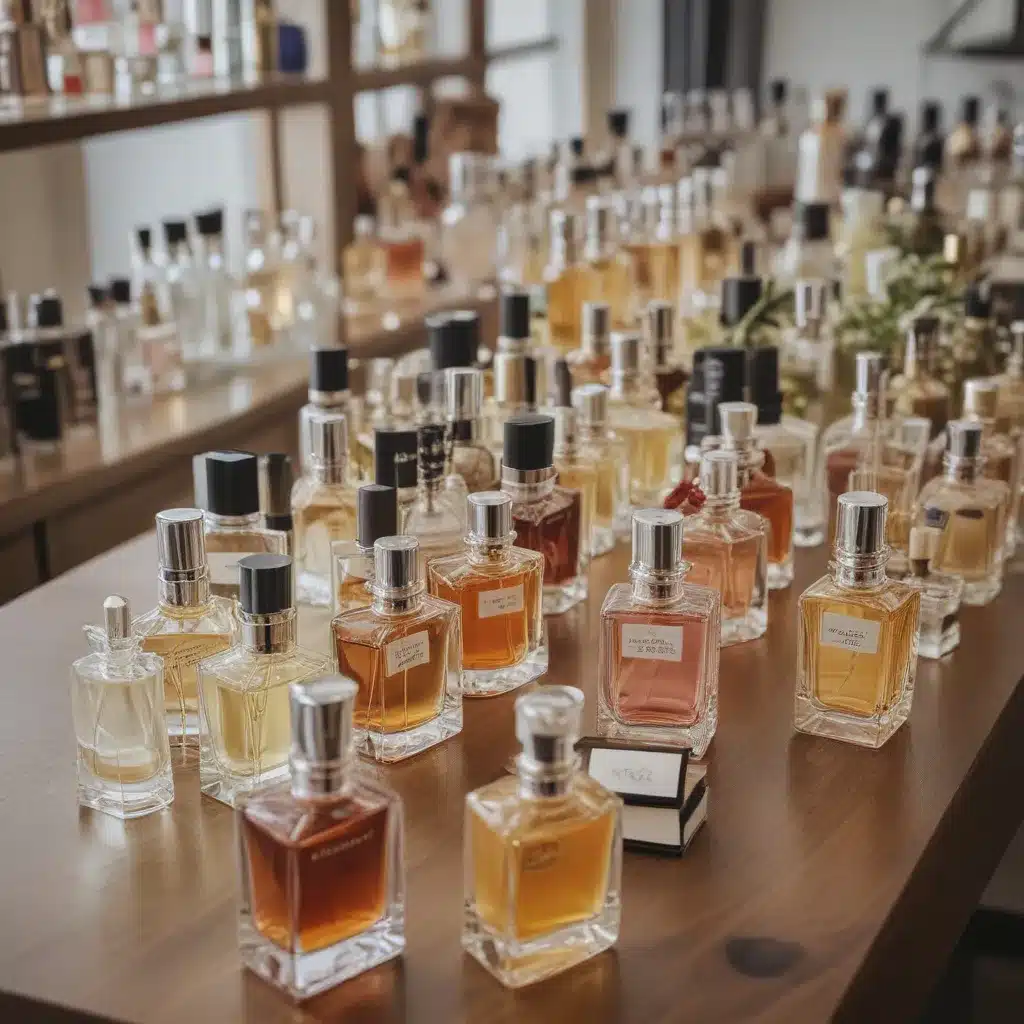
Discovering the Art of Bespoke Scents Ah, the allure of a signature scent! As I embark on this olfactory adventure
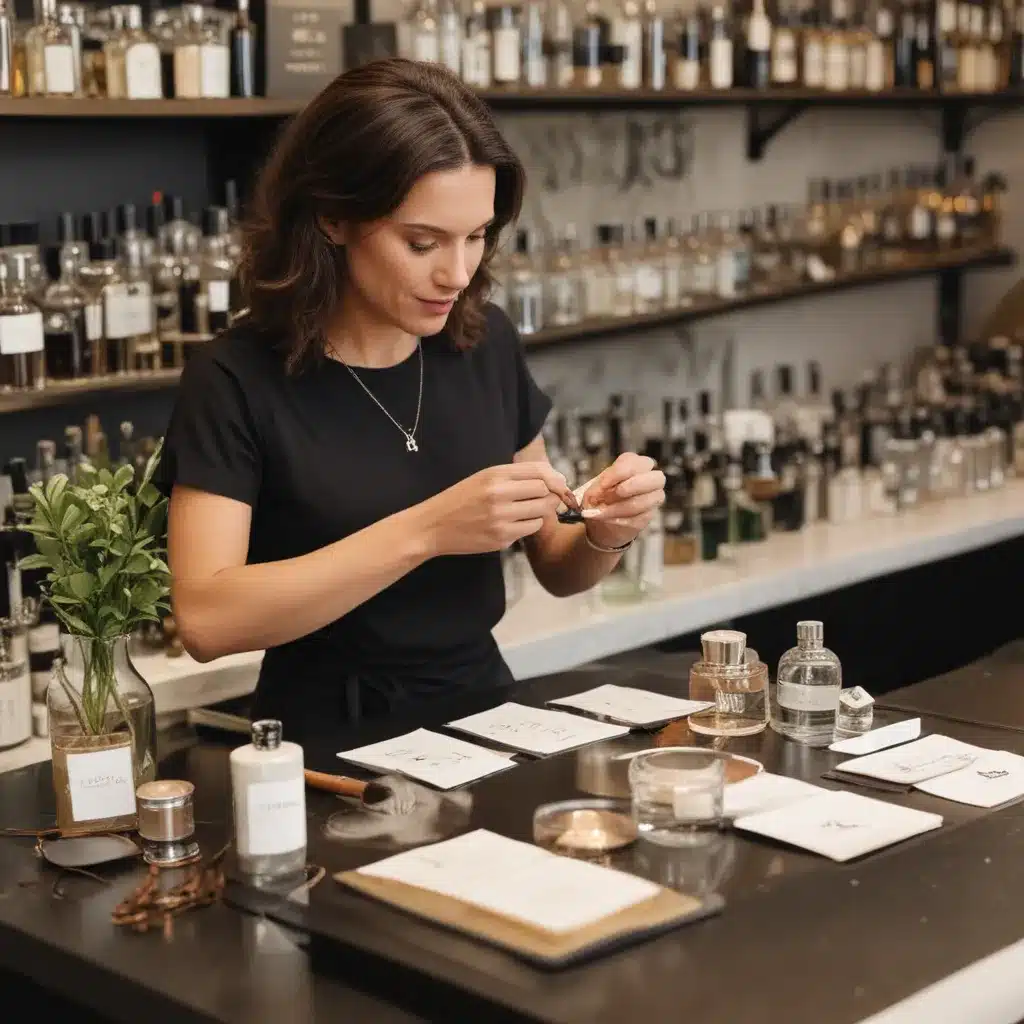
Unlock the Art of Personalized Fragrance Ah, the enigmatic world of scent! Who would have thought that the simple act
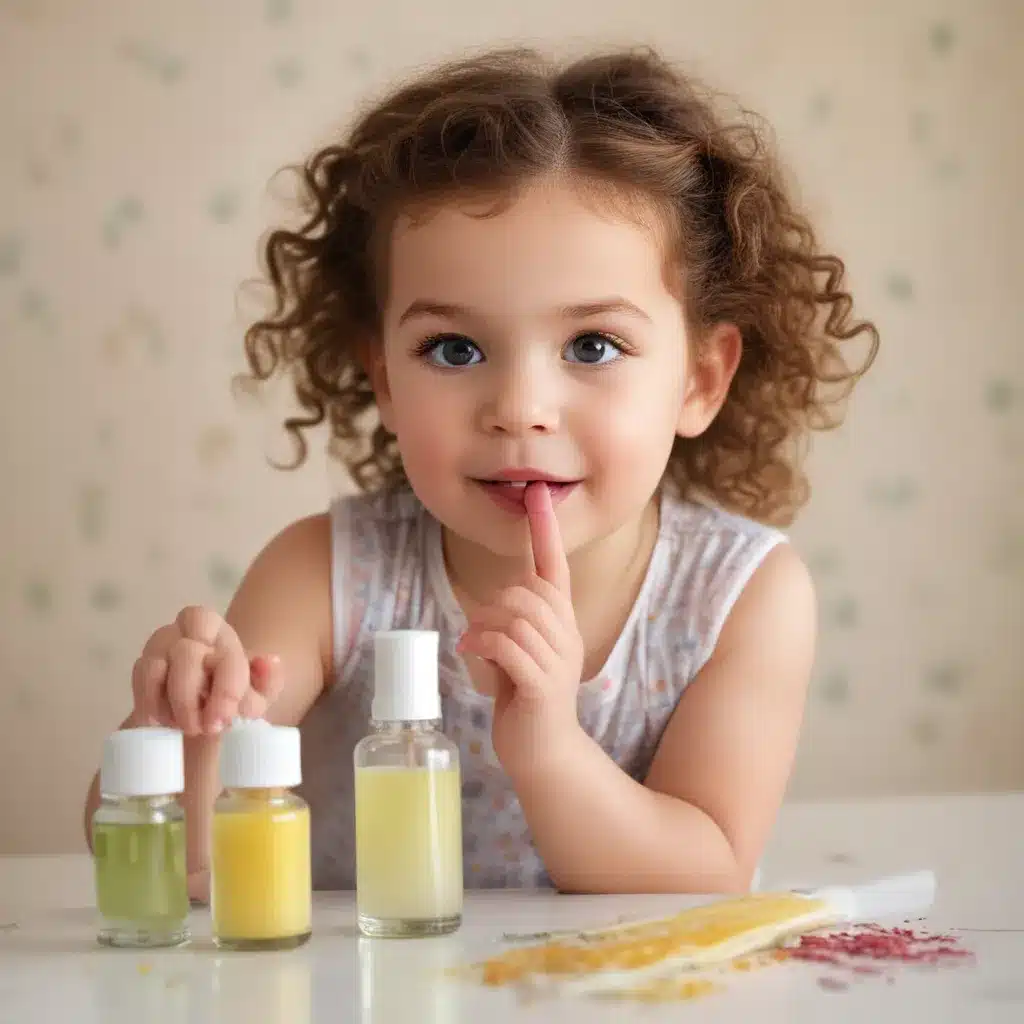
Navigating the Aromatic World with Little Ones Ah, the joys of parenthood! Between the endless diaper changes, the temper tantrums,
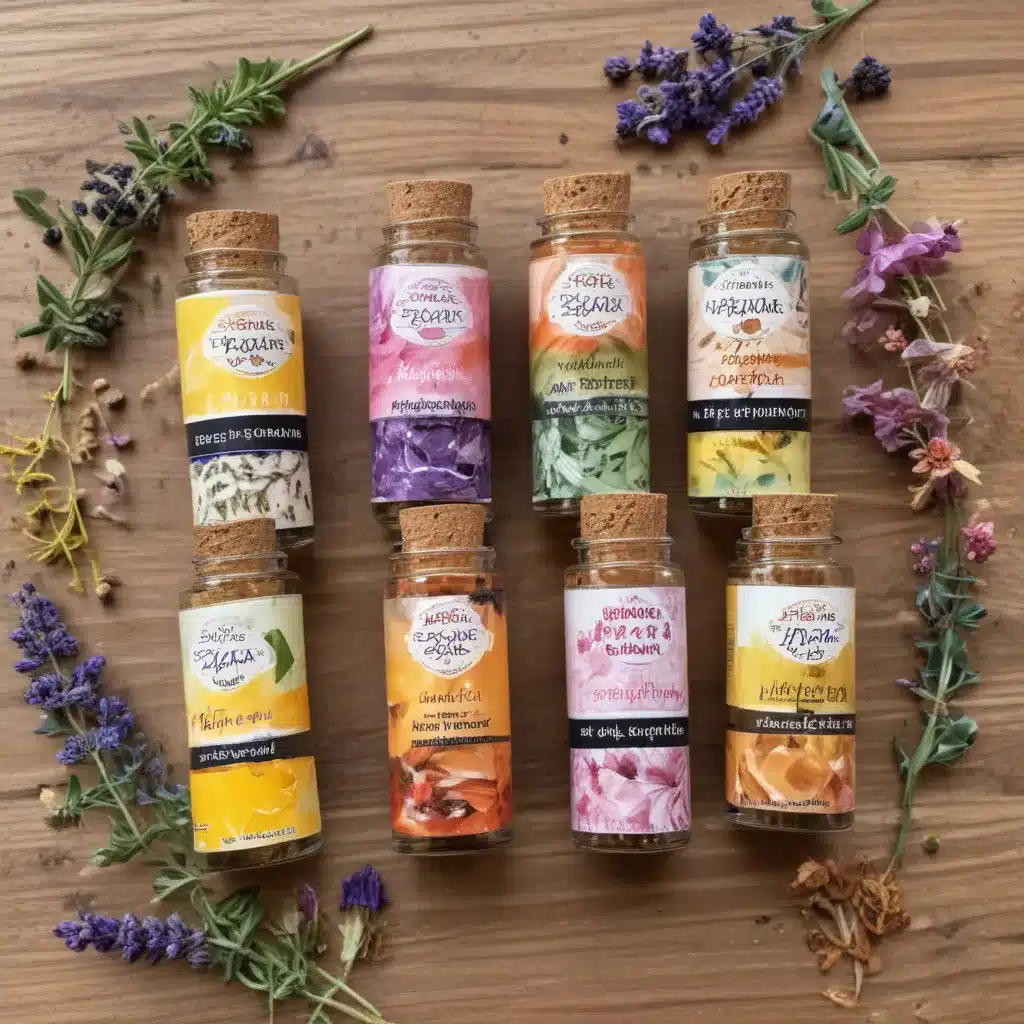
Unleash the Power of Scent: Revitalize Your Senses with Invigorating Aroma Blends As an aroma enthusiast, I’ve always been fascinated
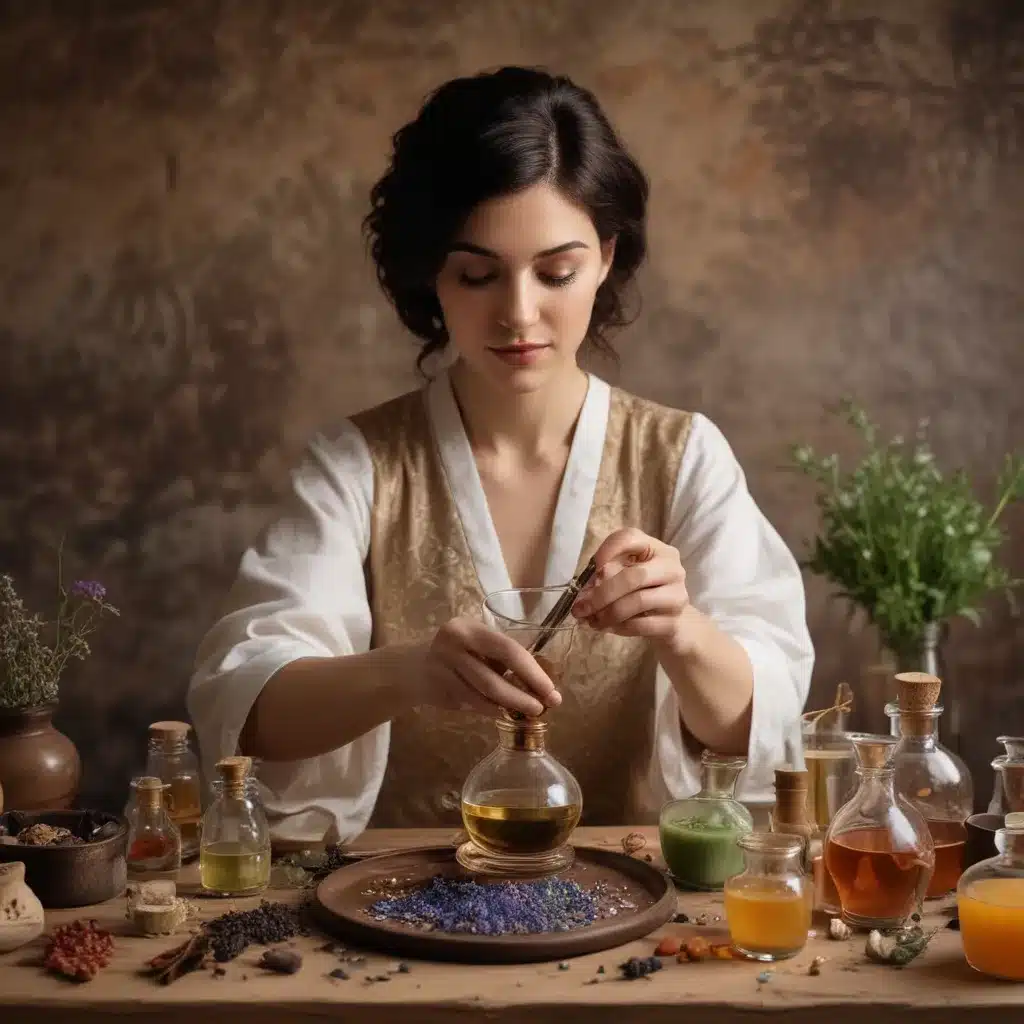
The Enchanting World of Aroma Blending Ah, the captivating realm of aroma blending – where the boundaries of science and
Explore the essence of wellness with AromEssential's pure and natural essential oils. Connect with us for personalized blends that resonate with your soul.
Get a Quote
(888) 521-4226
© copyright 2024